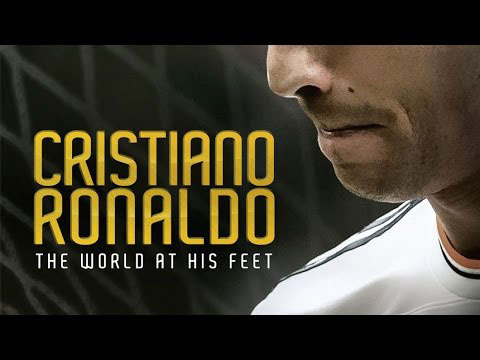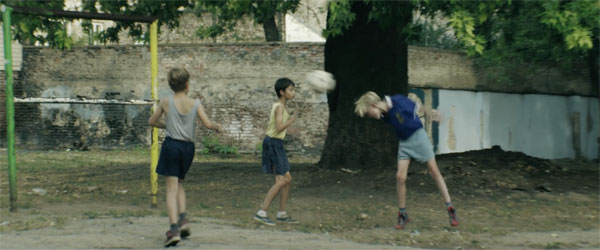The Zimbalist Brothers, Jeff and Michael, burst onto the soccer-film scene with their 2010 classic, The Two Escobars, which told the tragic story of Colombian footballer Andres Escobar's death in the aftermath of the 1994 World Cup. Eight years later, the brothers are back with Nossa Chape, which follows the Chapecoense community as it recovers from a plane crash that killed 71 people who were traveling to the Copa Sudamericana final. The film, produced by Fox Sports Films, had its world premiere at the 2018 South by Southwest festival. The Zimbalists talked with K+S about making both films, shooting a "soccer" movie, and their next project.
Nossa Chape screens at Kicking + Screening on Thursday, May 24. Get tickets here.
The story of the tragic Chapecoense airplane crash is pretty well known. How did that impact how you told Nossa Chape? What’s the key to making a story the viewer might already know feel fresh and new?
In our first conversations with the remaining members of the club and larger Chapecoense community only weeks after the crash, we explained how our intentions and our approach were different from the news media’s approach. We’ve both spent a big part of our lives in Colombia and Brazil, and as documentary filmmakers, we’ve always been drawn to stories in the world of sports that extend far beyond the game and into larger social and cultural themes.
In this case, we found it was the story of how a family or community responds to collective loss. And in particular, the questions of: “How do we best move forward?” “Is it by remembering and honoring the dead and keeping their memory alive at every chance we can, or by pushing forward with our own lives?” “And what would the deceased have wanted of us?”
The team agreed to work with us and give us unfettered access to all elements of the club and community. A big part of that came from understanding that we weren’t there for a quick news story, that we were going to be much more involved and tell a more complete story. There was also a sense that this could be a meaningful way to honor the dead by telling their story and the story of rebuilding the community.
As the filming and story evolved, we saw the larger Chapecoense family split into two groups, as well as those who were torn between them, like the three surviving players. In the end, we were as surprised as everyone to find, essentially, both camps agreeing that perhaps neither was right, and that the best approach was to stay unified, which ultimately was the value that was most important to those who died.
This was the narrative that really resonated with us and that felt universal in the sense that we all at some point face this question of how do we best grieve the loss of a loved one. And how do we do that in concert as a family.
Were there any lessons you learned from making The Two Escobars that you could apply to Nossa Chape?
It's hard to divorce the learning experience of a previous film from any subsequent film, and The Two Escobars was certainly an influence on our approach to Nossa Chape. From the onset, we were interested in telling the story of the whole Chapecoense family, and that meant filming over time with many subjects—from the three survivors, to the other players from 2016 and new players from 2017, to the coach and administration, but also the larger family that included all the fans and Mayor and really the whole city.
Is there anything different about making a “soccer” film than another type of film?
As mentioned above, we’ve always been drawn to stories in the world of sports that extend into larger social and cultural themes. So we’ve never really thought of the films we’ve made as sports films. That said, sports are fascinating mirror of society and we do appreciate the built in stakes and structure that come with sports, where the audience can experience all of the emotional swells and big action of a classic sports narrative... but at the same time, identify with the human story at the core.
One of your next projects is Phenoms. What can you say about that series?
Phenoms is a multi-platform docu-series that we are producing and directing with Fox that follows young footballers from around the world in the lead up to the 2018 World Cup. We filmed with tens of players, all with hopes of making the World Cup team for their countries.
The World Cup is coming up. Who ya got?
There will always be a special place in our hearts for the Colombian national team, as well as of course Brazil. We’re looking forward to seeing some of the young footballers we filmed with for Phenoms playing in Russia!










